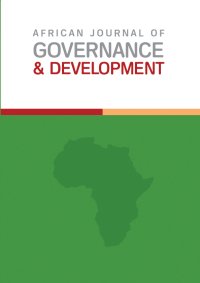Boundaries of community engagement in enhancing performance of government programs at the local level: a lesson drawing from National Agricultural Advisory Services (NAADS), Uganda
Main Article Content
Abstract
The National Agricultural Advisory Services (NAADS) programme in Uganda arises out of the Poverty Eradication Plan of 1997, a framework aimed at ensuring sustainable development of the
Ugandan economy. NAADS was launched as one of the seven pillars of the Plan for Modernisation of Agriculture meant to commercialise agriculture through improved agricultural service delivery. The NAADS Implementation Framework consists of multiple actors. Most notable of these are the
farmer institutions formed with the cardinal aim of controlling and gaining access to theintended
agricultural advisory services. NAADS was structured to deliver agricultural extension services as a private sector-led programme in line with government agricultural sector policy that hinges on farmer groups. Although farmer groups are formed at local government level, they do not always have the required numbers and their formation has lagged behind in successive years. This has been attributed to farmers’ false expectations of remuneration and their failure to pay group fees. The frequent split of districts and sub-counties into new local governments has stunted group formation, which in turn has reduced the farmers’ capacity to effectively enhance NAADS’s performance. The paper reveals that community engagement in government programmes may fully realise its potential in a well-designed approach that considers public participation as a continuum of well-coordinated rather than isolated activities. It concludes that the principles of community empowerment need to be appreciated by engaging organisations
Article Details

This work is licensed under a Creative Commons Attribution-NonCommercial-NoDerivatives 4.0 International License.
